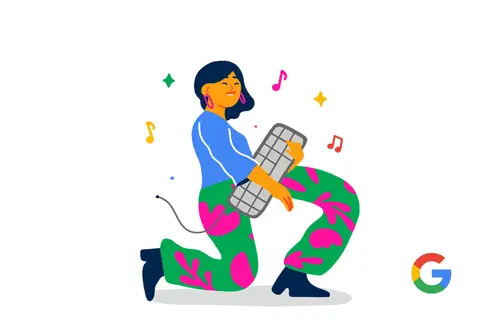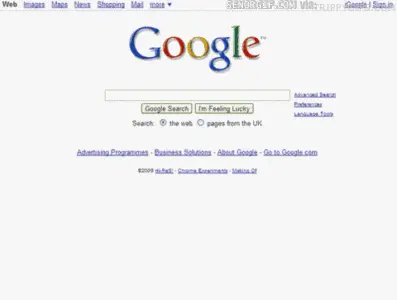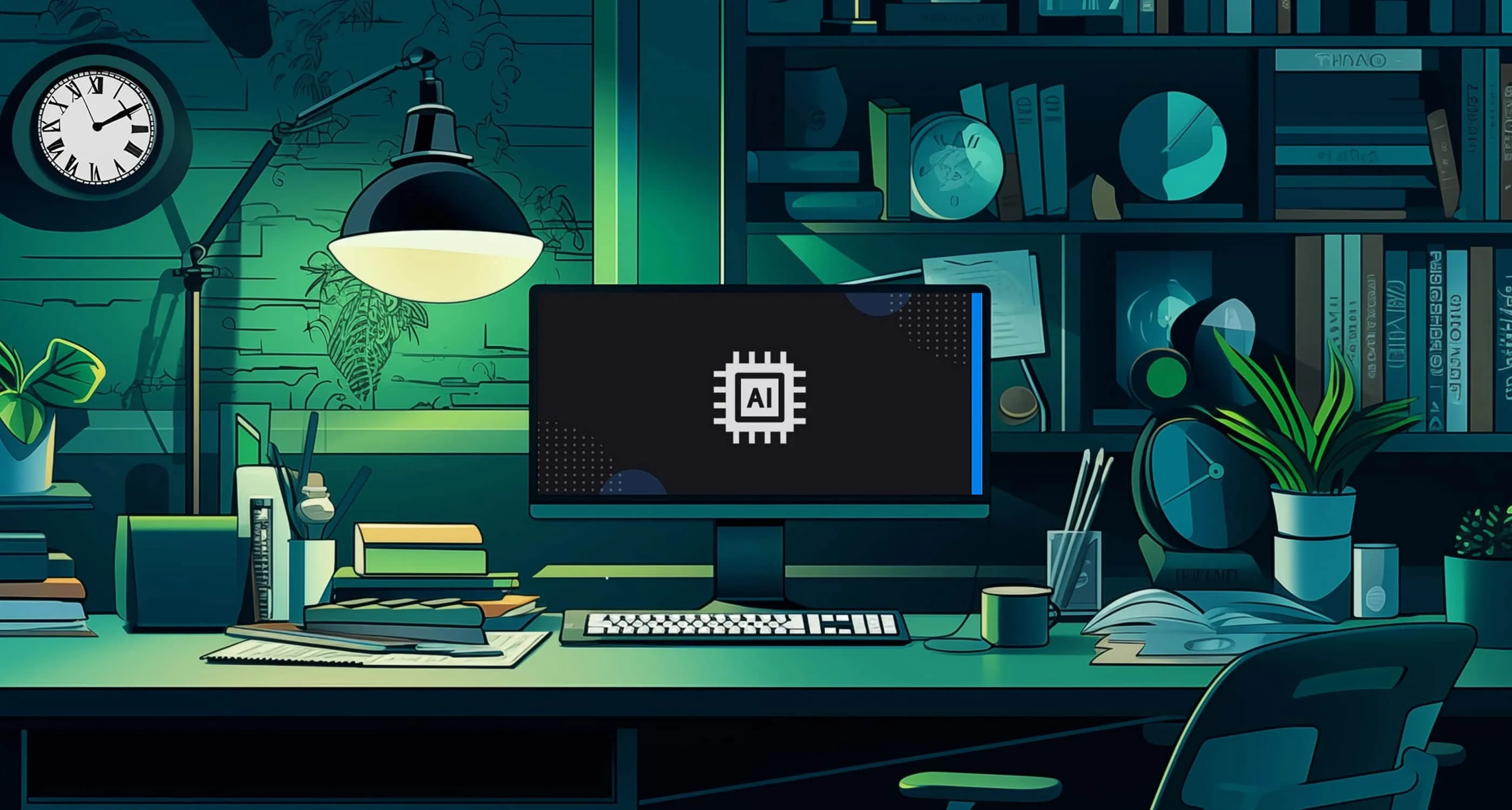
You may be old enough to remember the days when Google, Yahoo, and Ask Jeeves competed for eyeballs. Or you may be young enough to consider TikTok your go-to search engine. Regardless of your age in “internet years,” considering Google controls more than 80% of global search volume nowadays, it’s in your company’s best interest to think about search engine optimization (SEO) with Google in mind.

A goal of any website redesign or blog post (this one included) is to have your page indexed by Google and served to people who are searching for related topics, ultimately funneling traffic to your website.
Some SEO strategy is counterintuitive and, in fact, people often think about it all backwards: They identify keywords first and then try to figure out SEO. In reality, we should think about it first from the perspective of the search engine. Let’s take a step back and think about Google’s objectives.
Google is in the business of information and document retrieval and, since its inception in 1998, some of the world’s most talented engineers have been fine-tuning the machine. Over the past 24 years, Google has been crafting algorithms to interpret your information and then sort it against other people’s information. So what does Google care about?
With that in mind, here are three indispensable SEO tips to help your website improve its Google search ranking.

Tip 1: Stick to one topic per page
And go in-depth on that topic. Each topic should result in one document being served. Remember, Google crawls documents so the content organization on a particular page is absolutely essential. Think of your website as just a collection of individual documents. While information for your entire site is taken into consideration, the content on an individual page is what Google’s algorithms truly care about. You can’t just put a keyword on every page of the website; it’s about making the individual document as informative as possible. The best information wins.
Tip 2: Use headings
Google likes to see pages with an H1 heading and subsequent H2s and H3s. The information should be neatly sectioned, not only for the sake of the reader and for UX, but for the algorithms indexing your page. Think about standing across the room and watching from a distance as someone scrolls the page. Even from afar, you should get a feel for how the information is structured just by looking at the headlines. You can’t just assume people are reading the full website from top to bottom.
Tip 3: Be intentional with your words.
Every word counts, so include the ones that matter and remove the ones that don’t. The names of things, whether product name, category page, or name of the article, are extremely important for SEO. That means you should explicitly say the name of the thing and make sure it’s searchable (by the name people type in, not necessarily its technical name). On the other hand, don’t waste words with vague section-headers like “Raising the Bar.” Raising the bar for what? If you’re dominating the competition for frozen novelties, then you better be specific that you’re “Raising the Bar for Soft Serve Ice Cream.”

Be an SEO Artist
These indispensable tips are important to keep in mind, but we have to note that SEO is as much art as science.
So, get out there and see for yourself. The best way to test and monitor your SEO performance is… drum roll… *dramatic pause* … Google! Roll up your sleeves and do some good old-fashioned Googling. Tweak content and layout and watch how those variables impact SEO performance.
Finally, bring in your trusted consultant before you do a redesign, and keep them close at hand. SEO should always be a part of the conversation because, like the falling tree in the forest that no one hears, content doesn’t matter if no one sees it.



